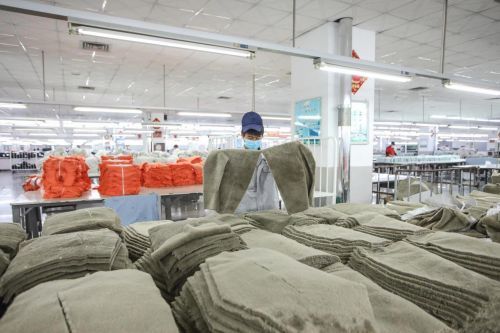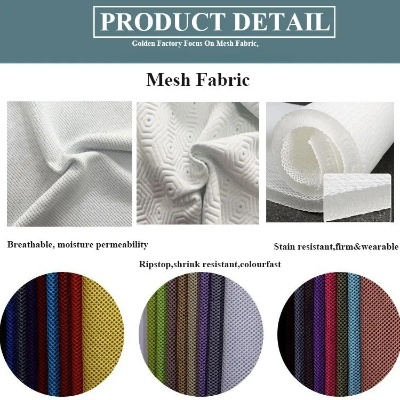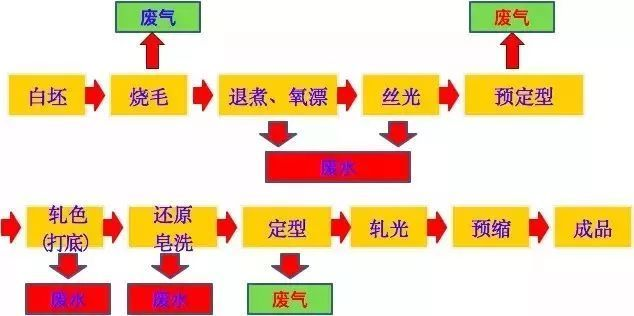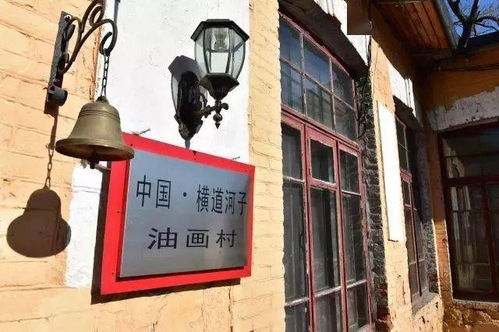The Art of Creating High-Quality Textile Samples
Introduction: The textile industry is a complex and diverse field that requires precise and consistent product samples to ensure quality control and customer satisfaction. In this article, we will explore the process of creating high-quality textile sample kits, including the steps involved in selecting fabrics, designing patterns, cutting and sewing, finishing, and packaging. We will also provide an example of how to create a sample kit for a popular fashion brand.
Step 1: Selection of Fabrics The first step in creating textile sample kits is to select high-quality fabrics that meet the desired specifications. This includes considering factors such as colorfastness, texture, weight, and durability. For example, if the sample kit is intended for outdoor use, it is important to choose fabrics that are resistant to weathering and stains.
Table: Example of Fabric Selection Criteria | Fabric Type | Colorfastness | Texture | Weight | Durability | |-------------|----------------|----------|--------|------------| | Cotton | High | Light | Medium | High | | Polyester | Moderate | Smooth | Heavy | Low | | Wool | Very high | Warm | Heavy | High |

Step 2: Designing the Pattern Once the fabrics have been selected, the next step is to design the pattern for the sample kit. This involves creating a detailed drawing that shows the size, shape, and placement of each sample piece. It is important to ensure that the pattern accurately represents the final product, including any specific features or finishes that the finished item may have.
Example: Designing a Fashion Sample Kit For a fashion brand, the sample kit might include a variety of fabrics, such as denim, silk, and wool blends, with different cuts and designs. The pattern should show the placement of each sample piece on a mannequin or model, along with any special features or treatments that may be used on the finished item.
Step 3: Cutting and Sewing After the pattern has been designed and approved, the next step is to cut and sew the sample pieces. This involves using specialized tools and techniques to create accurate and consistent measurements. It is important to pay attention to detail and ensure that all pieces fit together properly.
Example: Cutting and Sewing a Fashion Sample Kit To create a fashion sample kit, the fabrics would be cut into small squares or rectangles, depending on the desired shape and size of the finished item. These pieces would then be sewn together using a machine or by hand, following the pattern instructions carefully.
Step 4: Finishing After the sample pieces have been cut and sewn, they need to be finished to enhance their appearance and durability. This may include adding embellishments, such as buttons, ribbons, or patches, or applying treatments such as dying or printing. It is important to follow the manufacturer's instructions carefully to ensure that the finished product meets the required standards.
Example: Finishing a Fashion Sample Kit For a fashion sample kit, the finished pieces could be decorated with colorful trims or printed with logos and designs. They could also be treated with a protective coating to enhance their longevity and resistance to wear and tear.
Step 5: Packaging Finally, the finished sample kits need to be packaged for shipping and display purposes. This involves using sturdy boxes or bags, along with protective materials such as bubble wrap or foam inserts, to ensure that the samples arrive in good condition. It is important to label each box clearly with the contents and any relevant information about the manufacturer or supplier.
Example: Packaging a Fashion Sample Kit A fashion sample kit might be packaged in a custom-designed box with a clear window showing the various fabrics and sample pieces inside. The box could also include a tag or label indicating the brand name, the type of product being represented, and any special features or treatments that were used on the finished item.
Conclusion: Creating high-quality textile sample kits requires careful planning and execution from start to finish. By following the steps outlined above, manufacturers can produce samples that accurately represent their products and meet the needs of both customers and retailers. With proper selection of fabrics, design expertise, precision in cutting and sewing, attention to detail in finishing, and effective packaging, textile sample kits can become a valuable tool in promoting new products and enhancing customer experience.
大家好,今天我们将一起探讨纺织品样本的制作过程,在纺织行业中,纺织品样本是展示产品特性和吸引潜在客户的重要媒介,下面我们将通过详细的制作步骤和案例说明,为大家呈现纺织品样本的制作过程。
制作准备
材料选择
在开始制作纺织品样本之前,我们需要准备各种材料,这可能包括各种纤维材料、染料、印花设备等。
设计规划
根据产品的特点和市场需求,我们进行设计规划,设计应简洁明了,突出产品的特点。
制作流程

样品设计
根据设计规划,我们开始制作样品,这可能包括绘制草图、确定样品的大小和形状等。
纤维处理
我们需要对纤维进行适当的处理,这可能包括清洗、梳理、混合纤维等,处理后的纤维应达到一定的均匀度和柔软度。
印花工艺
我们使用印花设备进行印花工艺,印花工艺的选择取决于产品的类型和需求,对于棉布,我们可能选择平网印花;对于丝绸,我们可能选择斜纹印花等,印花过程中需要注意控制印花速度、温度和压力等参数。
染色工艺
在印花工艺完成后,我们需要进行染色工艺,染色工艺的选择取决于纤维的颜色和染料的性质,染色过程中需要注意控制染料的浓度、温度和时间等参数。
整理和裁剪
我们进行整理和裁剪,确保样品达到最终尺寸和质量要求,整理过程中可以使用各种整理剂来增强纤维的柔软度和光泽度。
案例说明
下面我们通过一个具体的案例来说明纺织品样本的制作过程:
假设我们要制作一款时尚的针织衫纺织品样本,我们需要选择合适的纤维材料,如羊毛、棉等,根据设计规划,我们绘制草图,确定针织衫的大小和形状,我们对纤维进行适当的处理,使其达到一定的均匀度和柔软度,选择合适的印花工艺和染色工艺,进行印花和染色,进行整理和裁剪,确保样品达到最终尺寸和质量要求,在整个过程中,我们需要注意控制印花速度、温度和压力等参数,以及染料的浓度、温度和时间等参数,我们还需要注意环保和安全操作,确保制作过程符合相关法规和标准。
表格说明
以下是纺织品样本制作过程的表格说明:
| 步骤 | 描述 | 材料/设备 | 注意事项 |
|---|---|---|---|
| 设计规划 | 根据产品特点、市场需求进行设计规划 | 材料选择、设备准备 | 注意控制设计简洁明了、突出产品特点 |
| 材料处理 | 对纤维进行适当的处理 | 如清洗、梳理、混合纤维等 | 注意控制纤维处理均匀度和柔软度 |
| 印花工艺 | 使用印花设备进行印花工艺 | 如平网印花、斜纹印花等 | 注意控制印花速度、温度和压力等参数 |
| 染色工艺 | 选择合适的染色工艺 | 如直接染料染色、活性染料染色等 | 注意控制染料浓度、温度和时间等参数 |
| 整理和裁剪 | 进行整理和裁剪以确保样品达到最终尺寸和质量要求 | 无具体设备需求 | 注意环保和安全操作,确保符合相关法规和标准 |
| 其他注意事项 | 其他注意事项如环保要求、安全操作等 | 根据实际情况添加描述 |
纺织品样本的制作过程是一个复杂而细致的过程,需要综合考虑材料选择、设计规划、制作流程等多个方面,通过具体的案例说明和表格说明,我们可以更好地了解纺织品样本的制作过程,在制作过程中,我们需要注重环保和安全操作,确保制作过程符合相关法规和标准,我们还需要注意控制各个制作参数,以确保最终制作出的纺织品样本达到预期的质量和效果。
Articles related to the knowledge points of this article:
A Comprehensive Guide to Visiting Inventory of Textile Supplies in Yancheng
The Environmental Impact of Textile Manufacturing



